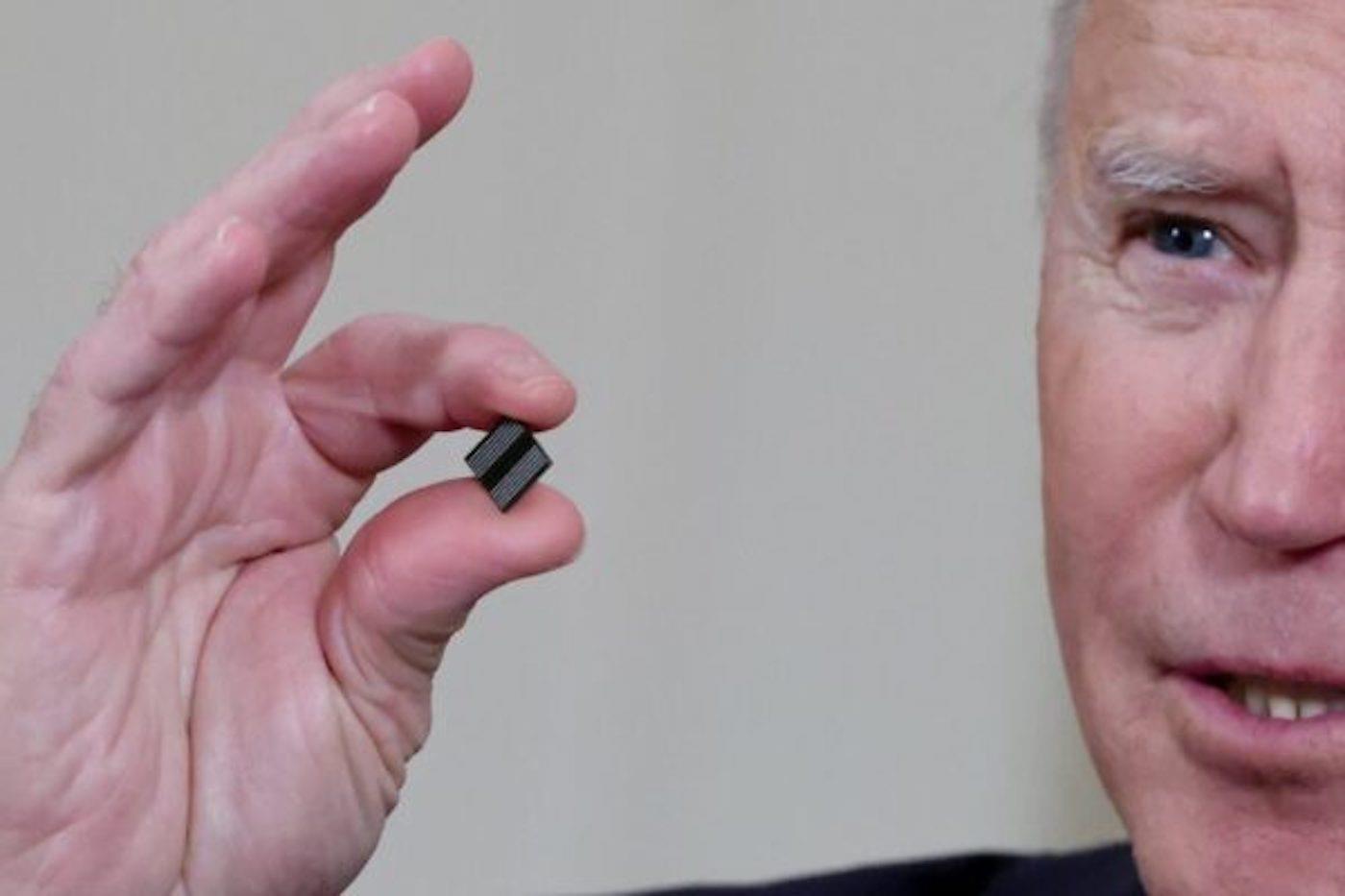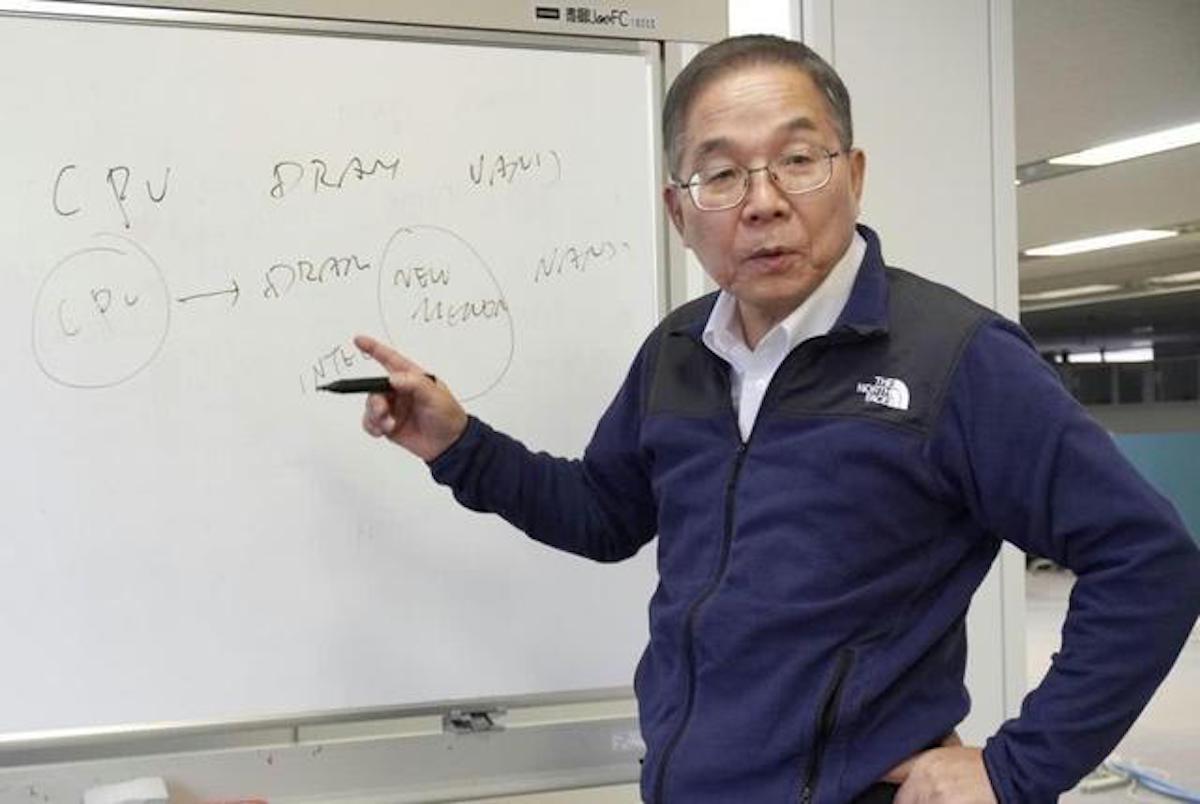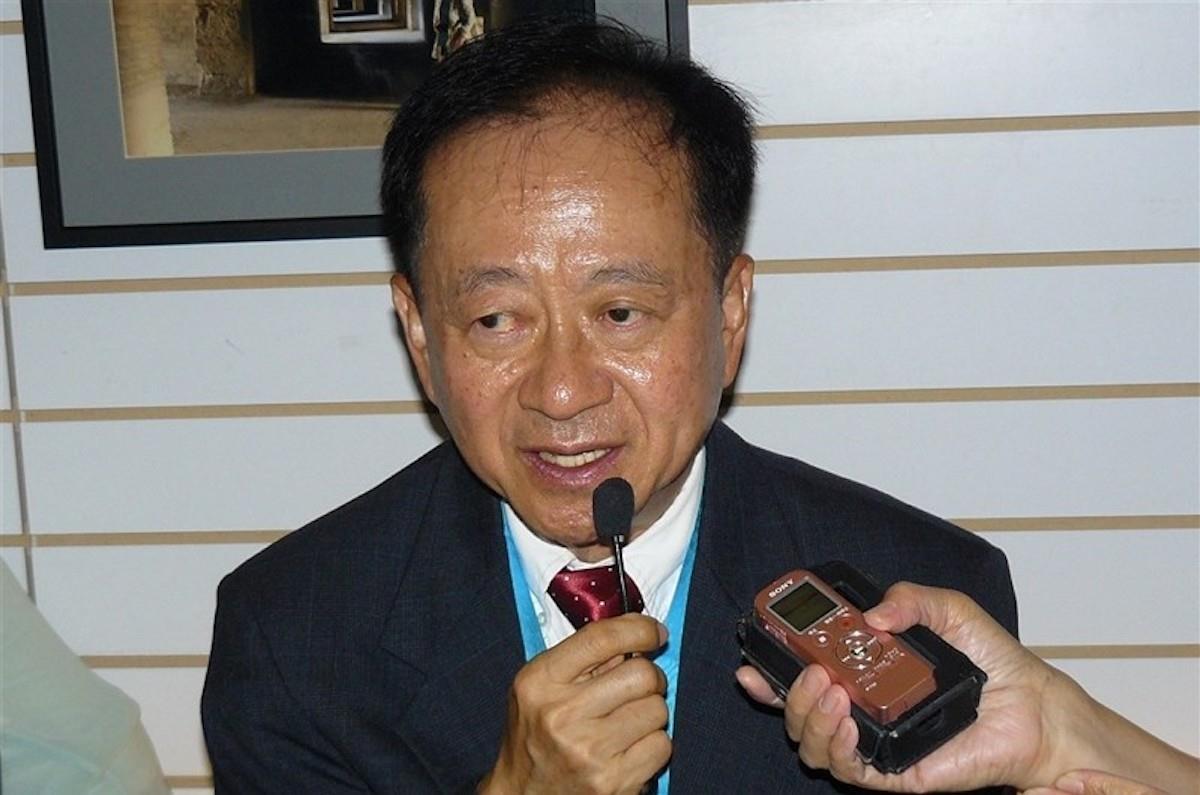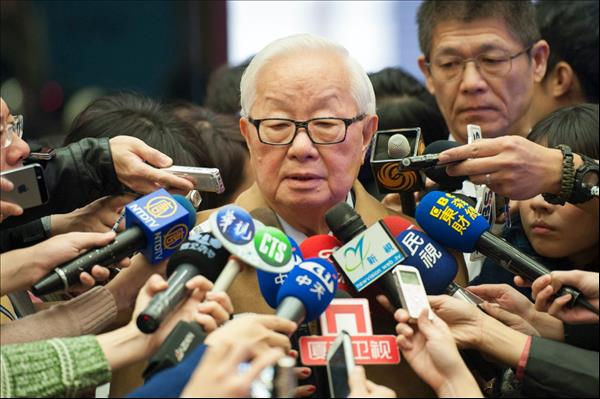
Asia Tech 'Godfathers' To Decide US Chips Fate
The importance of semiconductors to economic security adorned newspaper headlines in 2022.
As part of its technological competition with China, the United States has introduced a policy of“friendshoring” its semiconductor production to secure its supply of high-end chips that enable daily life and stock the inventory of major technology firms such as Apple.
The term friendshoring rose to prominence after a speech by US Treasury Secretary Janet Yellen in April 2022. Yellen proposed a shift towards“favoring the friendshoring of supply chains to trusted countries”, arguing that this would“lower the risks” to the US economy and its partners.
In an effort to boost , the United States passed the in August 2022 to enhance through major investment in regional centers and support for talent development.
Washington's efforts also include the — an arrangement through which the US government aims to diversify supply chains among Japan, South Korea and Taiwan.

US President Joe Biden wants more advanced semiconductors produced in America. Image: Twitter
The not-so-subtle aim is to frustrate the ability of Chinese producers to upgrade their capacity. That will help US firms maintain an advantage over like Semiconductor Manufacturing International Corporation (SMIC), which recently the development of a 7-nm chip, among other new capabilities.
The Taiwan Semiconductor Manufacturing Company (TSMC) is preparing to mass produce , while South Korea's Samsung has just begun .
Much of the coverage of friendshoring has focussed on manufacturing and design capabilities, the market share of chip firms and political posturing. But friendshoring and the US Chip 4 policy are ultimately about the people, or“friends”, behind these technological innovations.
Japan, South Korea, and Taiwan have chipmaking“godfathers” — people acclaimed for their crucial roles in developing semiconductor capacity. Yet several of these“godfathers” have proven to be“frenemies” to their own companies after being poached by competitors — including Chinese market entrants.
Yukio Sakamoto, dubbed the“godfather of Japan's DRAM”, was the president of the former semiconductor company and foundry, Elpida Memory. Sakamoto was disgruntled after his experience at the US-based Micron and joined China's Tsinghua Group in 2019 to build DRAM products.
In June 2022, Sakamoto announced he was joining China's SwaySure. Sakamoto worked for Texas Instruments in Japan earlier in his career before being recruited by Kobe Steel Electronic Information Group.

'DRAM godfather' Yukio Sakamoto left corporate America for China. Image: Facebook
Kim Choong-Ki is often called the“godfather of South Korea's Chip Industry.” Kim trained upcoming semiconductor engineers — called“Kim's mafia”— who went on to lead semiconductor production at Samsung, LG and Hyundai.
Kim earned his PhD at Columbia University, after which he joined the then semiconductor industry giant, Fairchild, where he worked on R&D in Palo Alto.
Morris Chang founded Taiwan's semiconductor powerhouse, TSMC, in 1987 and led the firm's growth for decades. Chang obtained his PhD in electrical engineering at Stanford University, working for Texas Instruments for more than 25 years. The Taiwanese government soon after recruited him to lead the soon-to-be-established“dedicated silicon foundry.”
Chiang Shang-Yi headed R&D at TSMC until 2006. After military service, he completed his undergraduate studies at National Taiwan University and graduated with a PhD from Stanford University.
He made headlines for joining China's SMIC as an independent non-executive director from December 2016 to June 2019, becoming vice-chairman from December 2020 until November 2021.
Liang Meng-song, another semiconductor doyen, was in the spotlight of a court case between TSMC and Samsung.
He was charged with leaking classified information to Samsung after joining the same year he left his long-time employer, TSMC. Liang, like Chang and Chiang, studied in the United States. He spent 23 years working at TSMC before leaving in 2009.
These“friends” gained crucial work experience with US firms and most completed postgraduate studies in the United States.
Sakamoto learned during his time at Texas Instruments while Kim and Chang, Chiang and Liang graduated from elite US schools and worked for leading US firms such as AMD, Hewlett-Packard, Fairchild and Texas Instruments. After returning home, they became the executive officers of semiconductor firms or holders of intellectual property rights.

Chiang Shang-Yi left Taiwan's TSMC for a better gig in China. Image: Facebook
The US-led Chip 4 alliance has come to life amid the interplay between the long-standing personal connections in the semiconductor industry and the risk of talent moving across firms and countries, as the trajectories of these godfathers exemplify.
The movement of semiconductor professionals ignites wars over and brings relating to patents and trade secrets, intensifying industry rivalry and .
While Washington's friendshoring policy aims to deepen supply chains with key producers in Japan, South Korea and Taiwan, policymakers must remember that the people who comprise the leadership of those firms can move.
Friendships evolve over time, and friends learn from one another. In , Washington's“weak ties” might prove more beneficial than its strong ties to South Korea, Japan and Taiwan in advancing its semiconductor capabilities.
Robyn Klingler-Vidra is Reader in Entrepreneurship and Sustainability at King's Business School. She is the author of The Venture Capital State: The Silicon Valley Model in East Asia (Cornell University Press, 2018) and Inclusive Innovation (Routledge, with Alex Glennie and Courtney Savie Lawrence).
Yu-Ching Kuo is an independent researcher based in Kaohsiung. She is the co-author of 'Brexit, Supply Chains and the Contest for Supremacy: The Case of Taiwan and the Semiconductor Industry' in A New Beginning or More of the Same? The European Union and East Asia After Brexit (Palgrave Macmillan, 2021, with Robyn Klingler-Vidra).
The was first published by East Asia Forum, which is based out of the within the at the . It is republished under a Creative Commons license.

Legal Disclaimer:
MENAFN provides the
information “as is” without warranty of any kind. We do not accept
any responsibility or liability for the accuracy, content, images,
videos, licenses, completeness, legality, or reliability of the information
contained in this article. If you have any complaints or copyright
issues related to this article, kindly contact the provider above.


















Comments
No comment